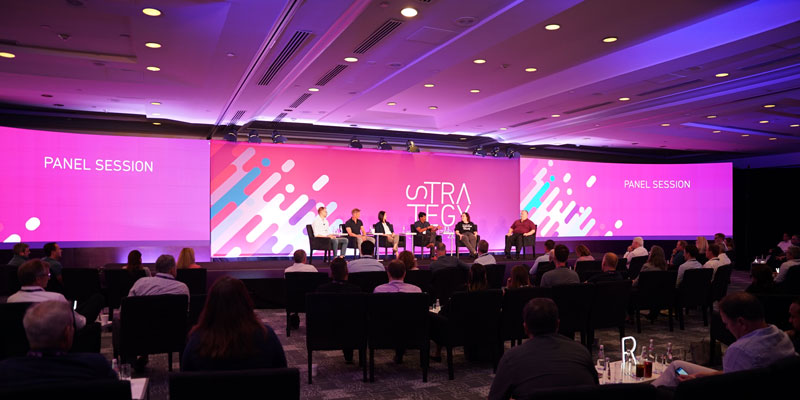The initial step in guaranteeing color accuracy is understanding how LED technology works. LEDs, or light-producing diodes, generate light in various shades by mixing red, green, and blue (RGB) light. Each dot on an LED screen consists of these three colors. When calibrated properly, the mix of RGB can create a wide range of colors. However, if one hue is too intense or too dim, it can throw off the whole screen. This is why calibration is needed to equalize the colors and achieve the intended graphic effect.
Calibration involves modifying the settings of the LED screen to ensure that the colors displayed match the initial content as nearby as possible. This procedure typically involves using specific software and hardware tools. Technicians often use color assessment devices, such as spectrophotometers, to examine the colors being shown. By contrasting the measured hues to benchmark color values, they can make precise adjustments. This ensures that the hues are not only lively but also consistent across the whole screen.
Another crucial factor of color accuracy is comprehending the surroundings in which the LED wall is employed. Factors such as ambient light can significantly impact how hues appear. For instance, a brightly lit room may fade colors, making them look not as lively. To counteract this, technicians may modify the brightness and contrast click here now configurations of the LED wall. Additionally, they may select specific color settings that are more appropriate for different lighting environments. This adaptability helps maintain color precision regardless of the observing environment.

Finally, regular maintenance and re-tuning are crucial for maintaining an LED wall looking its best. Over time, the functionality of LEDs can change due to elements like aging and temperature fluctuations. Regular checks and modifications can help guarantee that the colors remain accurate and vibrant. By investing time in proper calibration and maintenance, venues can provide audiences with breathtaking visual displays that improve their total experience. Mastering color precision in LED screen calibration is not just a technical job; it is an expertise that contributes to the wonder of graphic narration.